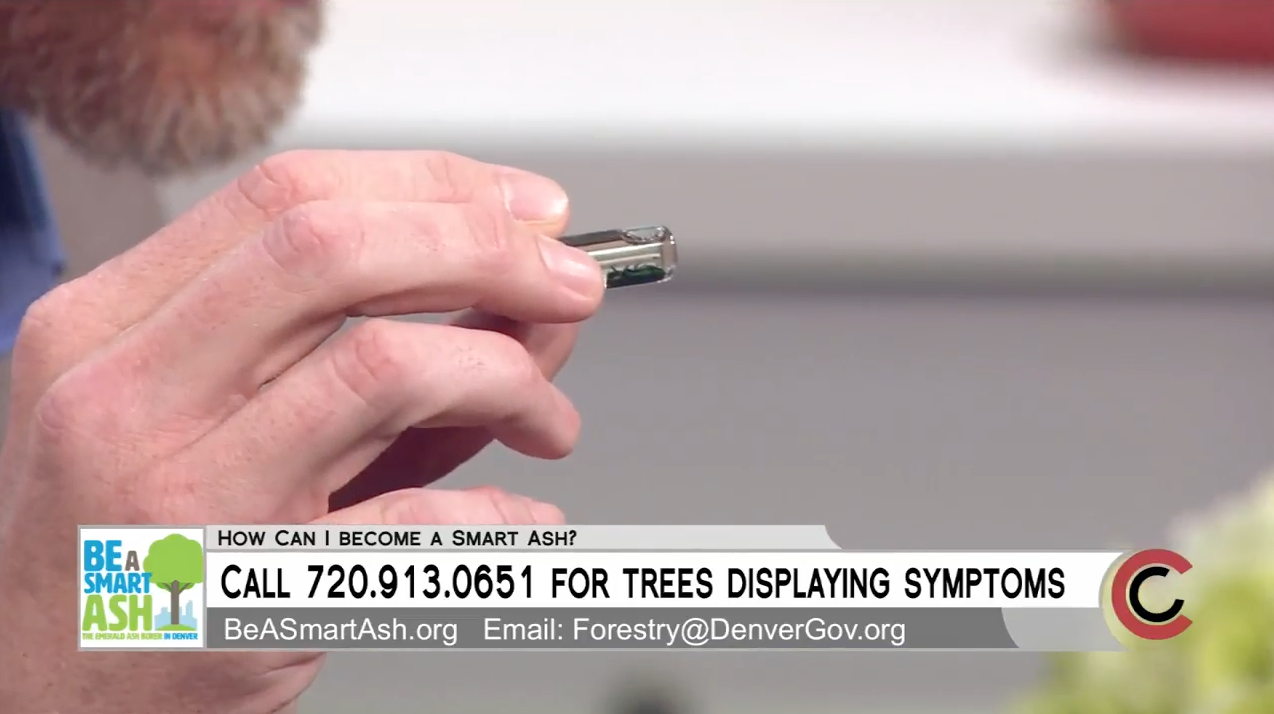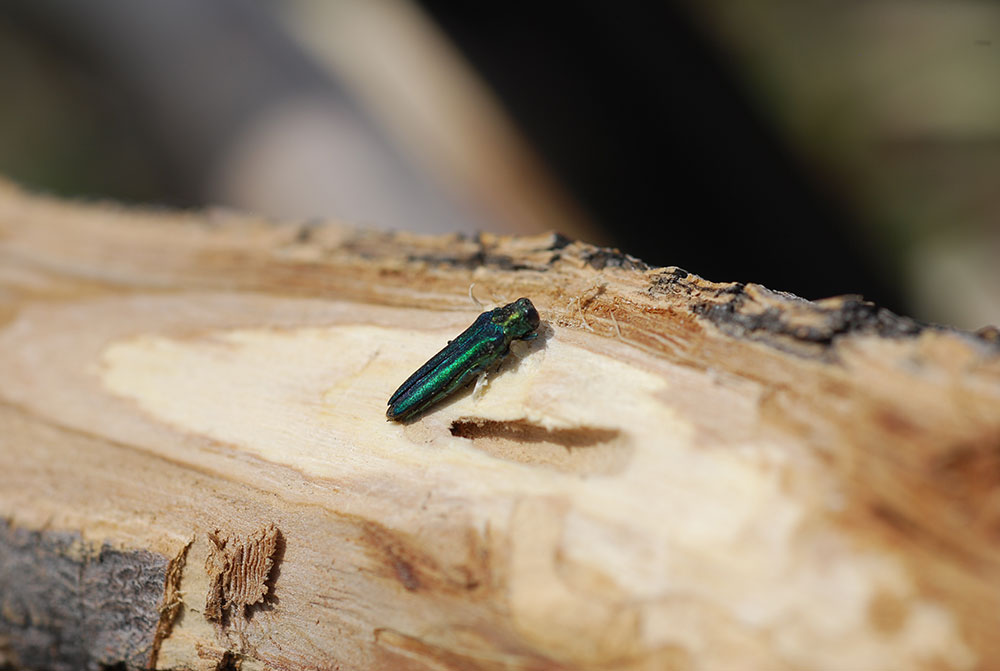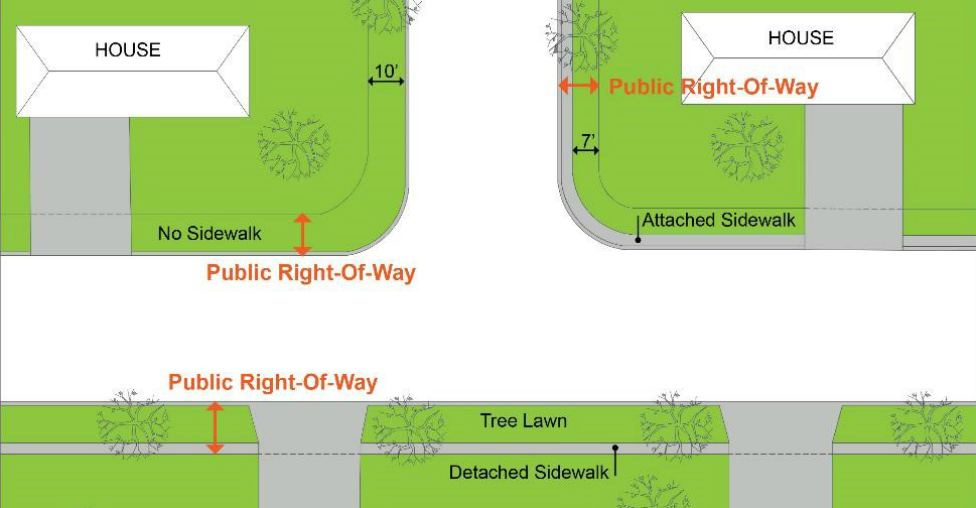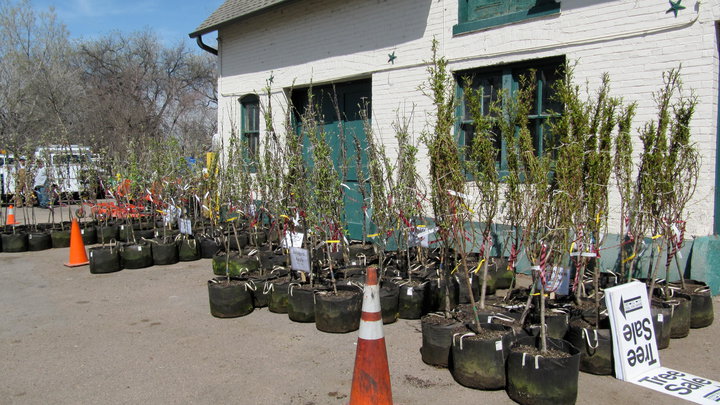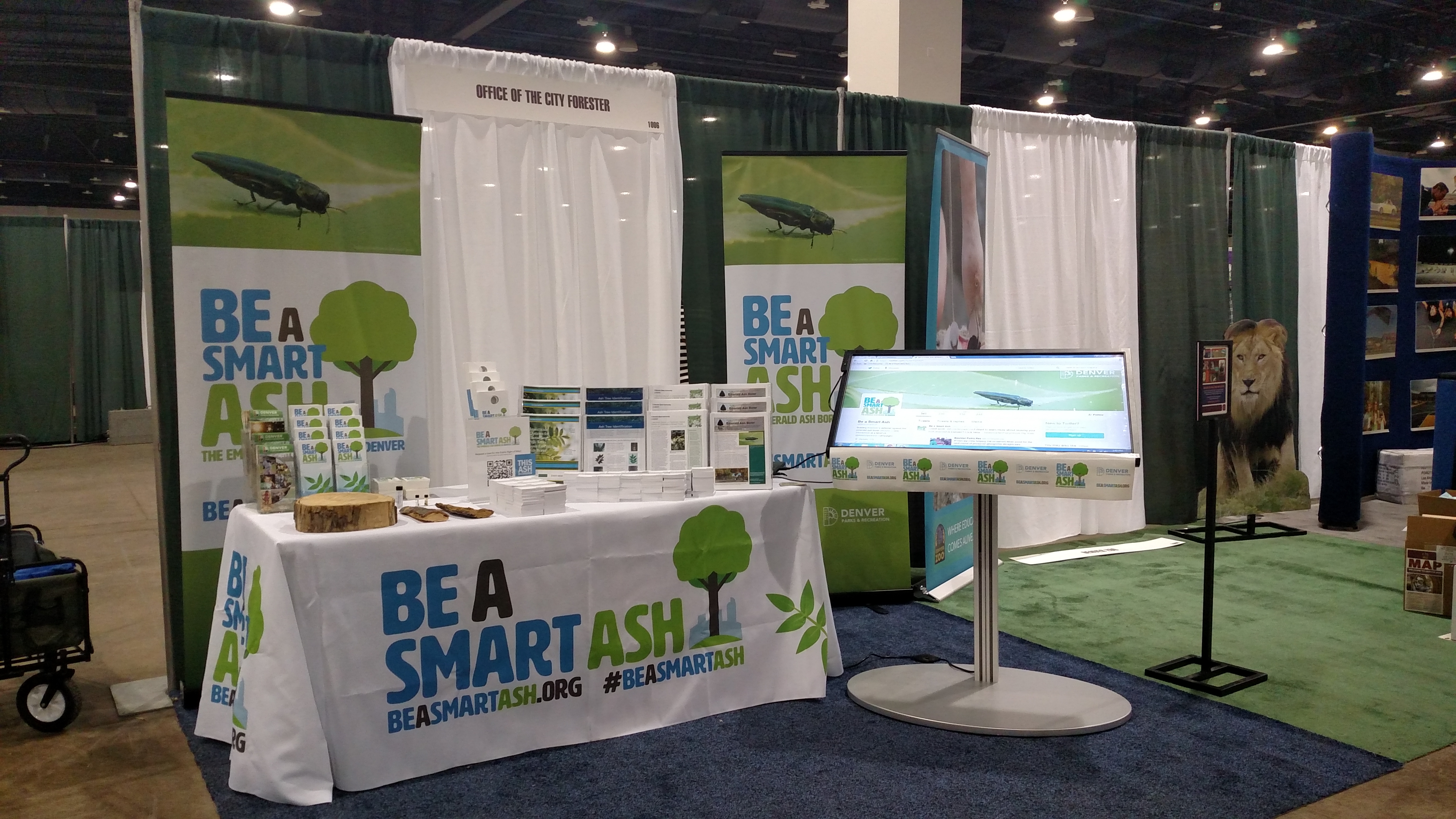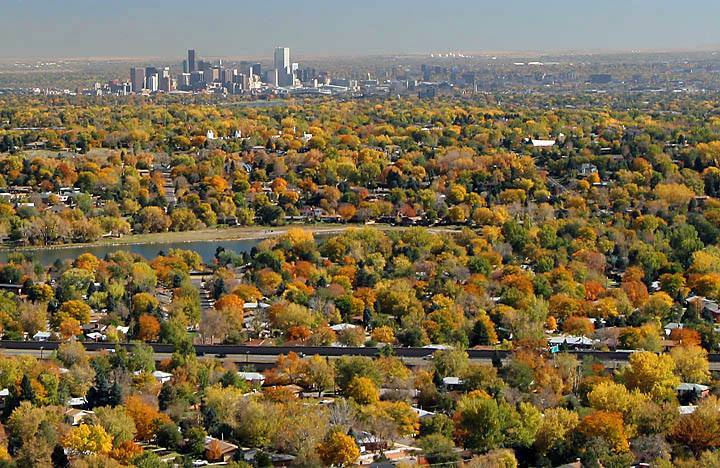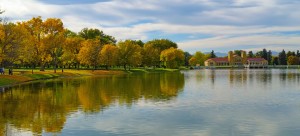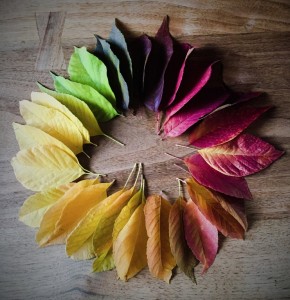While enjoying Denver’s fall color, take time to appreciate our ashes
DENVER — As a natural prairie, Denver wasn’t blessed with a host of native trees. That, in the humble estimation of Denver City Forester Rob Davis, is what makes ash trees worth savoring every fall.
“Colorado in general doesn’t have a lot of big shade trees that end up with a nice red or purple fall color,” Davis said. “So for me, fall is the time that I realize just how many ash trees we have in Denver.”
And that’s important for Davis, because he knows what’s coming: the emerald ash borer (EAB). The tiny green invader feasts on ash trees, and it’s now the most destructive forest pest in U.S. history, having caused billions of dollars in damage to ash tree populations in more than 25 states.
EAB was discovered in Boulder in 2013 and in Lafayette earlier this year, meaning it’s just a matter of time before it arrives in Denver and poses an immediate threat to the 1.45 million ash trees in Denver. That’s right, folks: 1 in 6 Denver trees is an ash. And the first step when it comes developing our EAB defense plan as a city is learning how to identify ash trees.
As far as fall color goes, green ashes turn a vibrant yellow. That’s great and all, however it somewhat pales in comparison to the white ash, which can change a whole host of colors from deep purple to a lighter red.


